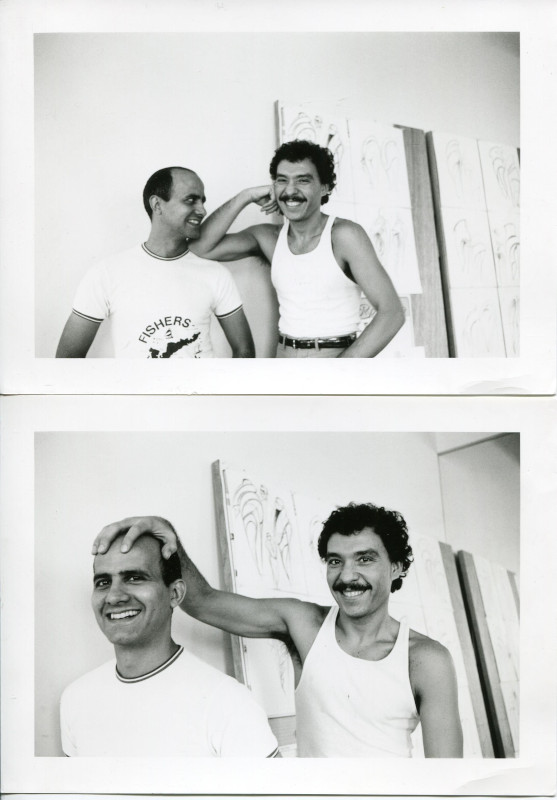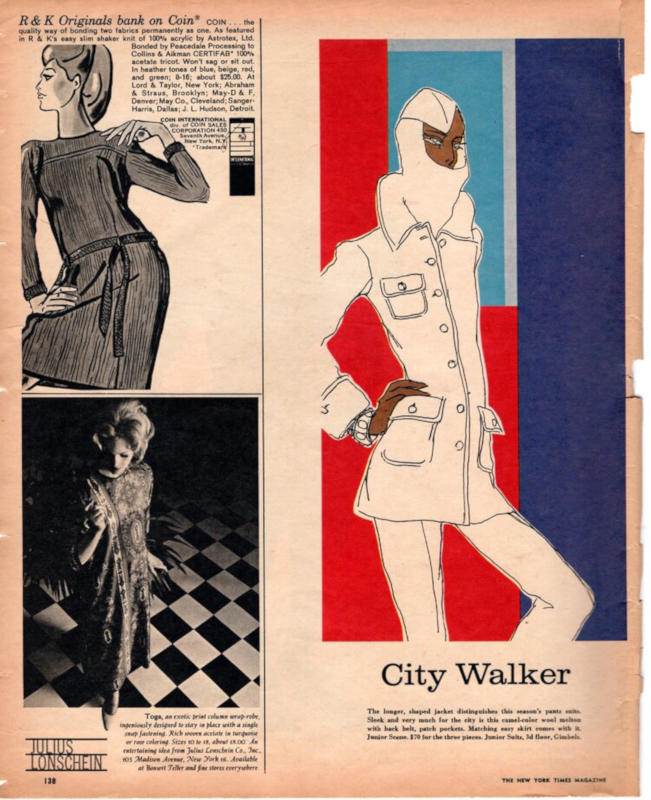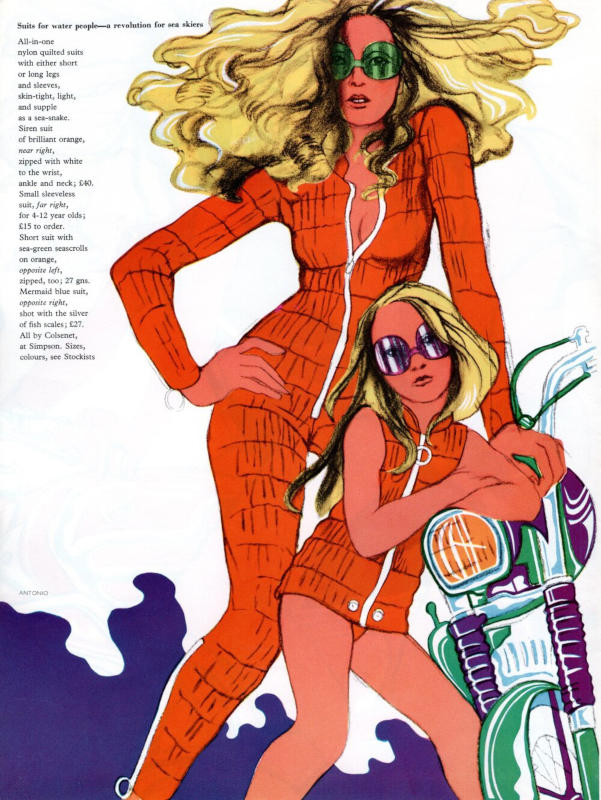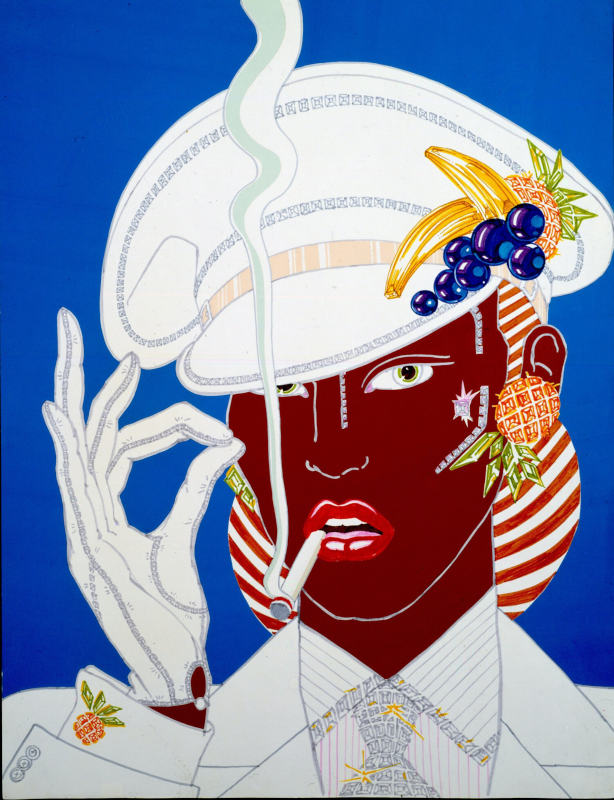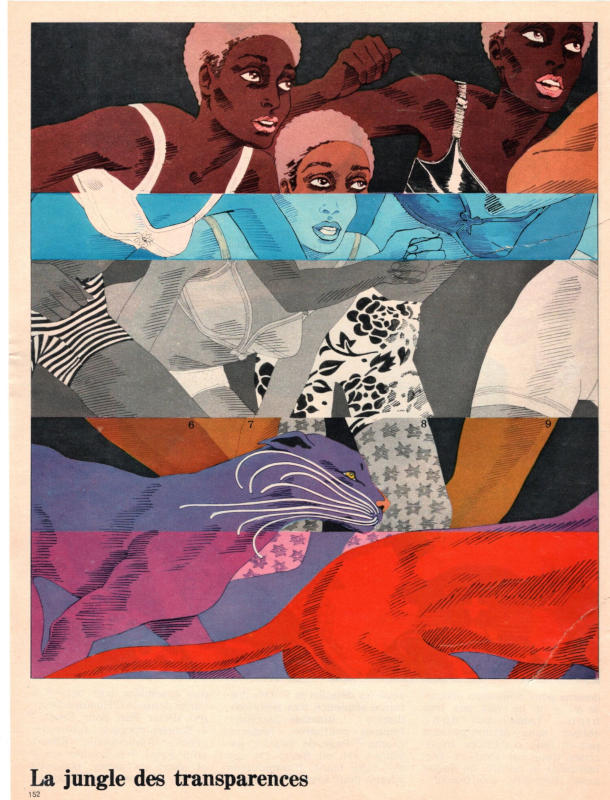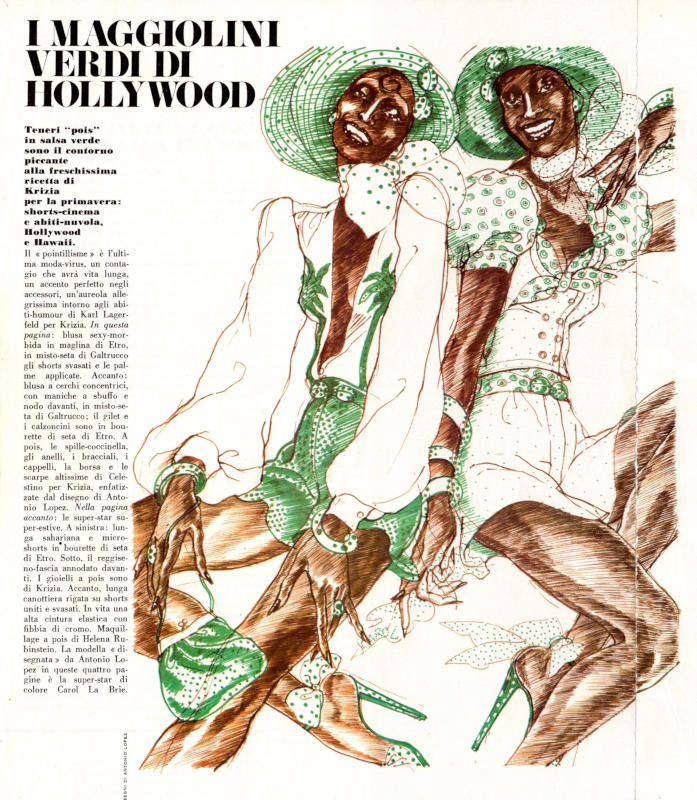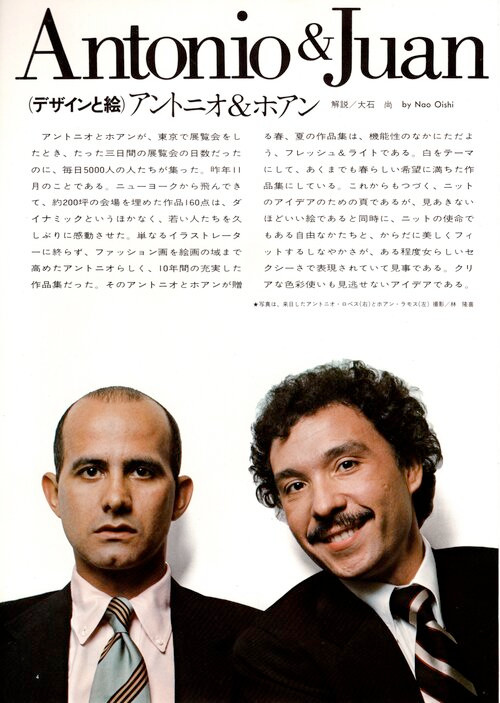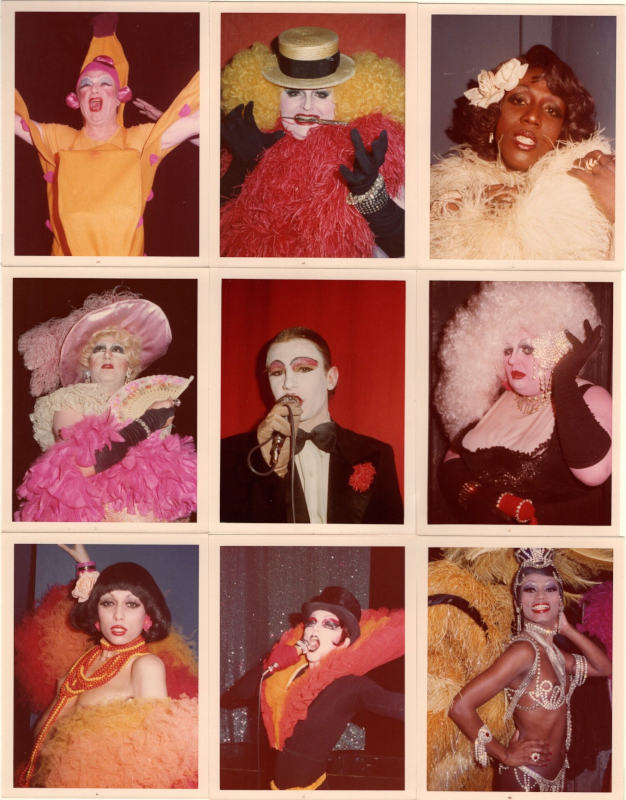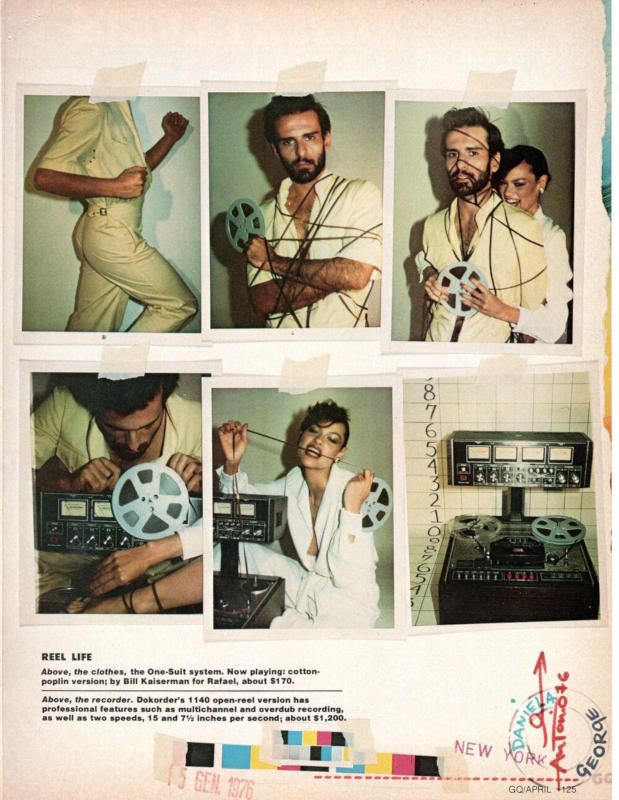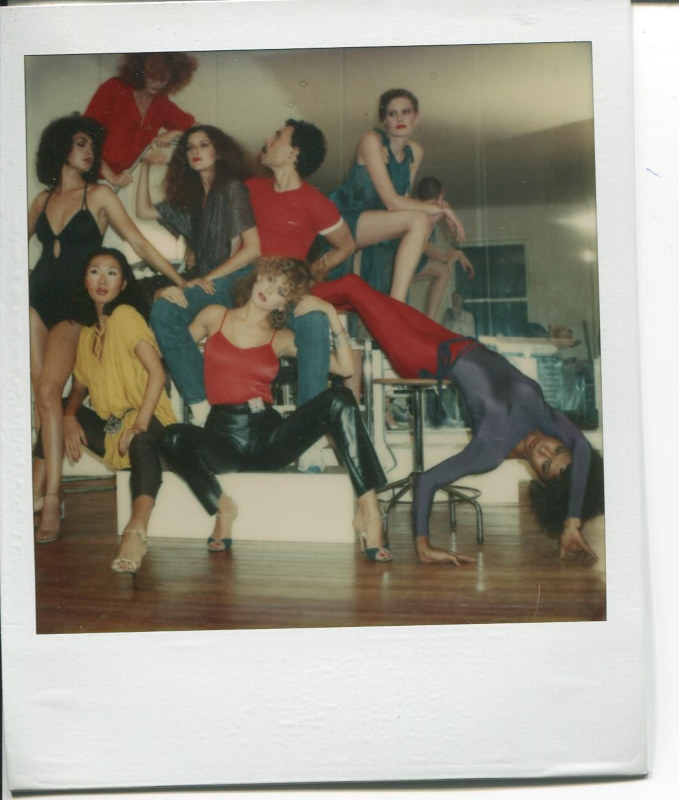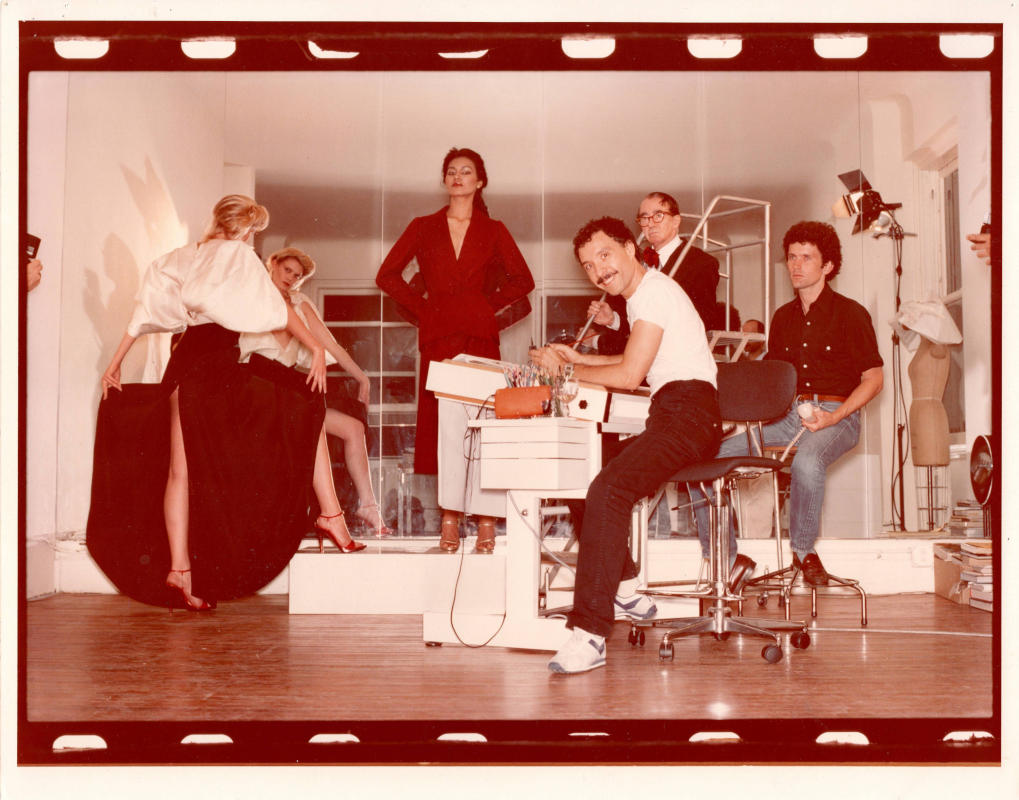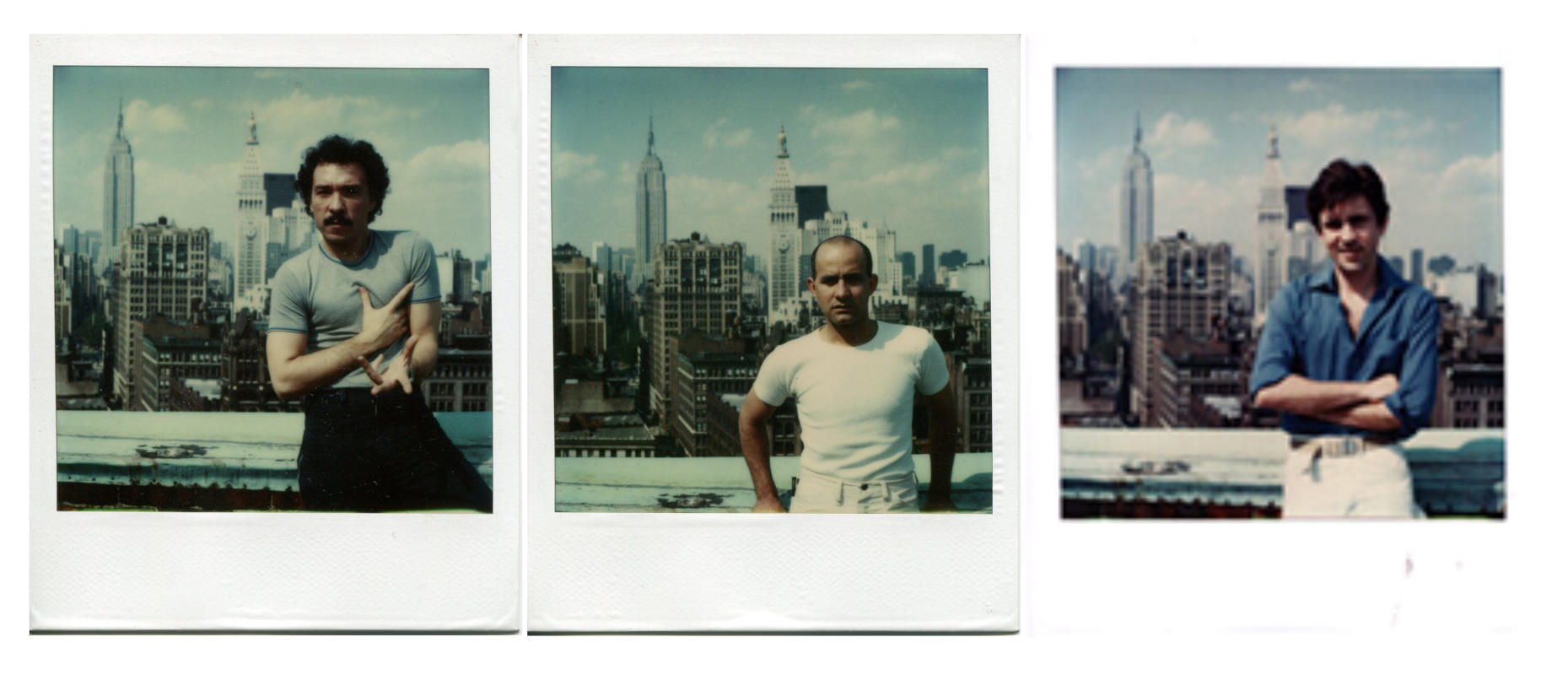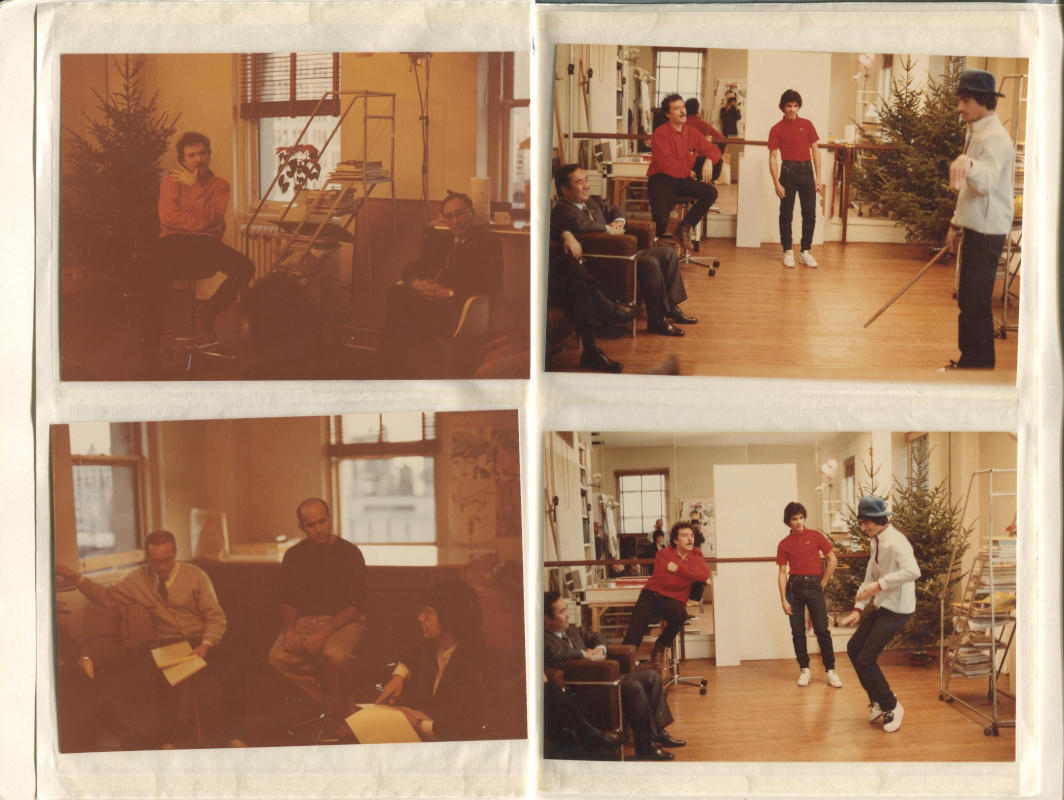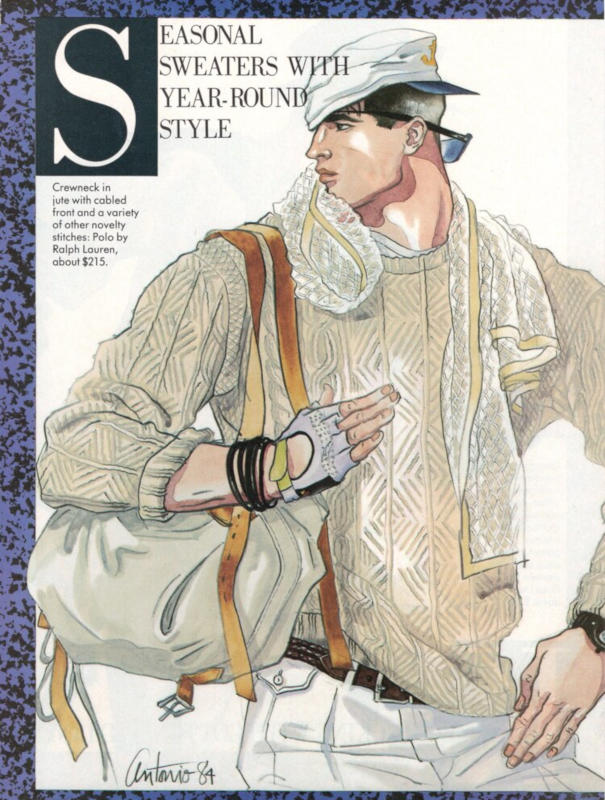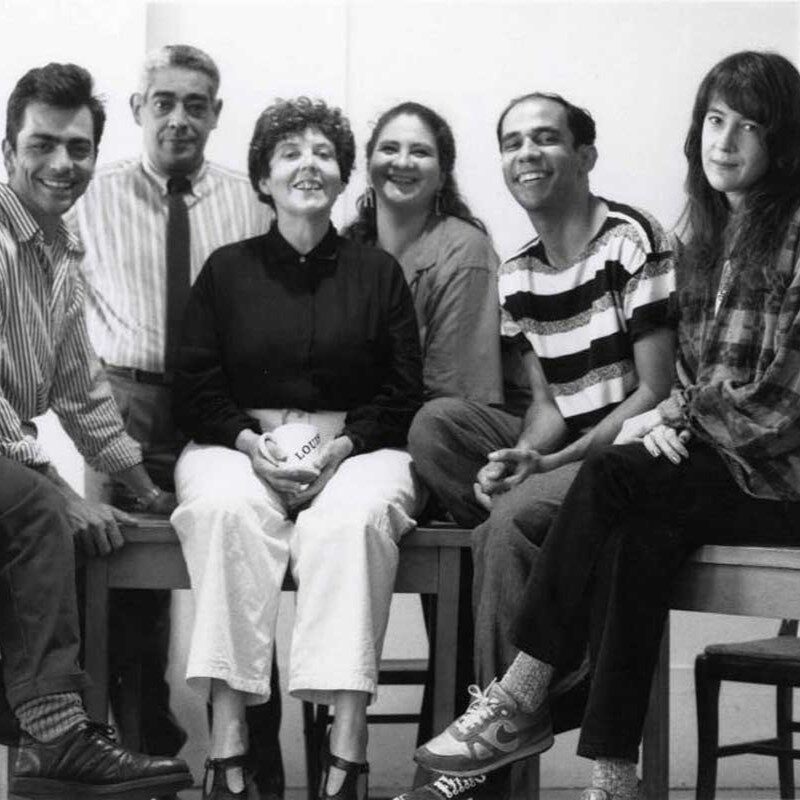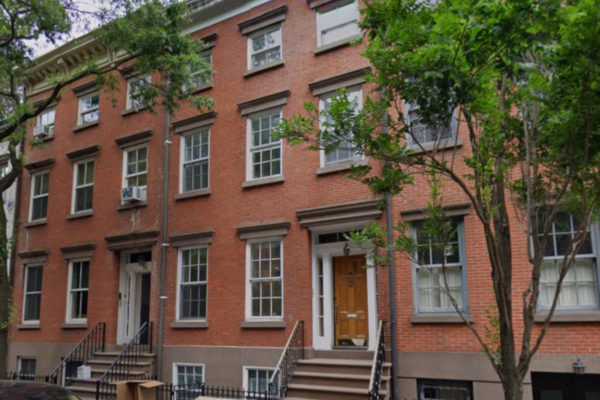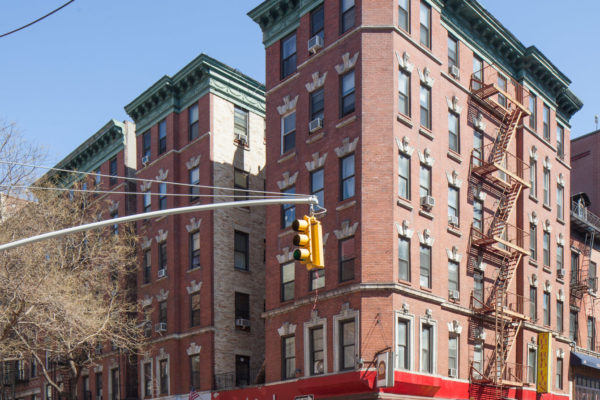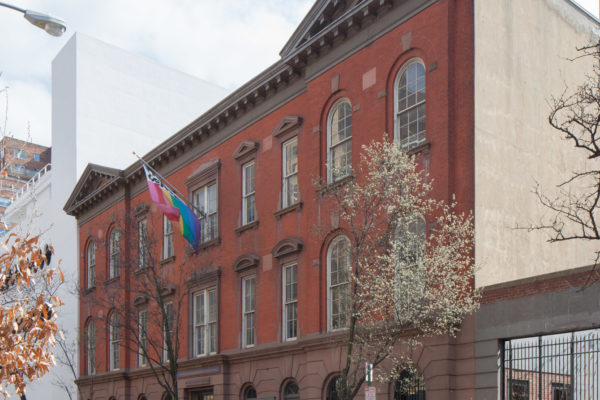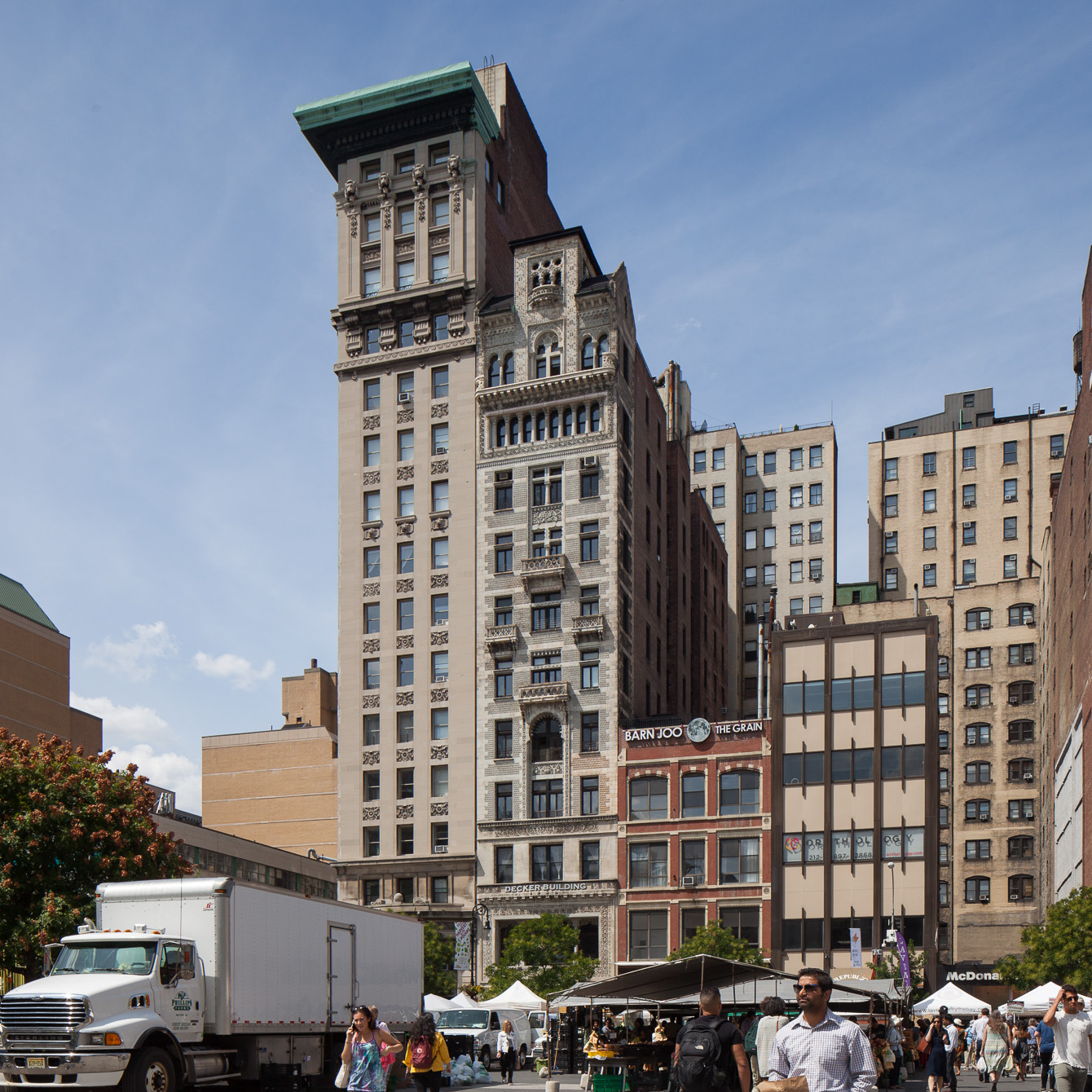
Antonio Lopez & Juan Ramos Studio / Juan Ramos & Paul Caranicas Residence & Studio
overview
Fashion illustrator Antonio Lopez and art director Juan Ramos had a 27-year professional collaboration that reinvigorated and redefined fashion illustration at a time when photography was being prioritized for advertising. They worked in a studio at 31 Union Square West from 1980 to 1987.
Ramos also lived in a loft here with his personal partner, artist Paul Caranicas, until Ramos’ death in 1995, with Caranicas living here until 1997.
On the Map
VIEW The Full MapHistory
Antonio Lopez (1943-1987) and Juan Ramos (1942-1995) were born in Puerto Rico and moved to New York City in their childhoods. Lopez’s artistic skills were evident in his formative years when he made wigs and embroideries for his mother and father, who worked as a seamstress and a mannequin maker, respectively. Later, he pursued fashion design at the Fashion Institute of Technology (FIT), where he met Ramos in 1961. At school, they began a romantic relationship that grew into a creative and business partnership that lasted for over a quarter century.
In 1962, their talent was recognized in the fashion world when Lopez became the in-house illustrator at Women’s Wear Daily as well as a freelancer for Vogue, Harper’s Bazaar, Elle, and Andy Warhol’s Interview. That year, they moved into an apartment at 147 West 13th Street in Greenwich Village where they embarked on a collaborative venture. Ramos served as art director and influenced Lopez’s fashion illustrations with his background in color theory, art history, and pop culture. Their illustrations, signed as ANTONIO representing the two, were known for their distinctive style, movement, color palette, and sexualized poses, which were in contrast to the more traditional line drawings of the period.
Antonio added a sensuality to his illustrations that wasn’t allowed to be explored in the cultural climate until the 1960s and 1970s. His work was about more than just making an image. He styled and fostered unique identities for the women he drew, and he was at the forefront of the movement toward diversity and inclusion in the fashion image.
In 1963, Lopez and Ramos lived in an apartment at the Carnegie Hall Studios, which was also the residence of their friend, photographer Bill Cunningham. Lopez and Ramos’s romantic relationship ended in 1968 but their professional partnership continued.
Seeking new clients for their fashion drawings, Lopez and Ramos relocated to Paris in 1969 and stayed until 1975, during which time they worked closely with fashion designer Karl Lagerfield and helped introduce American Pop Art to the French capital. They influenced the work of other fashion designers such as Rosita Missoni and Yves Saint-Laurent. Paris offered them more autonomy and control over how they produced their work, such as using women of color as models and exploring themes of queer desire. During this period they started contributing to international publications. In Paris, Ramos met Paul Caranicas (b. 1946), where they began a personal relationship.
In 1975, Lopez, Ramos, and Caranicas moved back to New York City and lived at 876 Broadway, next to the Factory, Warhol’s famed studio (they also had a close partnership and friendship with Warhol). At this time, Lopez began to experiment with photography using a Kodak Instamatic camera.
In 1976, the upper floors of 31 Union Square West were converted into loft apartments. Lopez, Ramos, and Caranicas rented half of the tenth floor in 1978. Ramos remodeled the space into studio 10-A, where Lopez and Ramos worked, and studio 10-B, where Ramos and Caranicas lived together (Lopez lived at 24 West 23rd Street). While at this studio, Lopez and Ramos shifted their careers from commercial fashion illustrations to personal projects. According to Caranicas, the studio was where Lopez and Ramos worked on two books, Antonio’s Girls (1982), which includes portraits from 1973 to 1981 of models and friends Pat Cleveland, Grace Jones, Tina Chow, Jessica Lange, and Jerry Hall (to whom he was briefly engaged), and Antonio’s Tale of the 1001 Nights (1985), a large body of advertising and editorial campaigns, and many personal drawings and photographs.
Throughout Lopez’s career, his illustrations frequently appeared in Elle, Vogue, and the New York Times. In 1983, he was named the American Fashion Illustrator of the Year by the Council of Fashion Designers of America. Arts magazine wrote of his work, “More than describing clothes, the images function more as social icons than advertisements.” Lopez died of AIDS-related complications, at age 44, in 1987. His art and photography are still exhibited around the world.
Ramos wrote the book Antonio 60 70 80 (1995) at the Union Square West residence, and curated the international exhibition of the same name there, which traveled for three years to various venues in Europe and Japan, including the Louvre in Paris and the Royal College of Art in London. He died of AIDS-related complications, at age 53, in 1995 at 31 Union Square West.
Caranicas, a painter and the co-director of Lopez’s estate, lived in the studio until 1997. He wrote Antonio’s People (2004), a retrospective of Lopez’s work.
Entry by Hongye Wang, project consultant, with Ken Lustbader, project director (August 2022).
NOTE: Names above in bold indicate LGBT people.
Sources
Anne-Marie Schiro, “Antonio Lopez Is Dead at 44; Was Major Fashion Illustrator,” The New York Times, March 18, 1987, 6.
Antonio Lopez, Antonio Lopez: Instamatics (Santa Fe, NM: Twin Palms Publishers, 2011).
“Fashion Exhibition at Phoenix Art Museum Presents More Than 100 Illustrations, Photographs by Antonio Lopez and Juan Ramos,” Phoenix Art Museum, August 19, 2019, bit.ly/3AlSJC2. [source of pull quote]
Laird Borrelli-Persson, “Before There Were Influencers, There Was Antonio, Illustrator Extraordinaire and Arbiter of Style,” Vogue, September 5, 2018, bit.ly/3S1wUQd.
Lauren Cochrane, “Antonio Lopez: the fashion illustrator who revolutionized the industry,” The Guardian, October 8, 2017, bit.ly/3zbqjtB.
Melvin Backman, “Fashion Illustrator Antonio Lopez Sketched His Dreams—and Made Fashion Reality,” GQ, October 22, 2019, bit.ly/3PX2VH9.
Paul Caranicas, Antonio’s People (New York, New York: Thames & Hudson, 2004).
Paul Caranicas, email to Hongye Wang/NYC LGBT Historic Sites Project, July 22, 2022.
The Antonio Archives, “New York, Paris — and Tokyo!” (accessed July 21, 2022), bit.ly/3Q2iZYj.
Do you have more information about this site?
This project is enriched by your participation! Do you have your own images of this site? Or a story to share? Would you like to suggest a different historic site?
